The rat is an oft-misunderstood animal. The Domestic Rat, also known as the Fancy Rat, was originally bred from the wild European species of the same scientific name, also known as the Norway Rat or Brown Rat. Domestic rats are today bred for many different traits just as domestic dogs and cats are, and make great companion animals. Rats are extremely intelligent and easily trainable- they can even be litter trained with patience, and easily trained to walk harnessed on a leash as well. They love spending time with each other as well as their humans, and so are best kept in an area of the house that is highly trafficked. Domestic Rat VarietiesUnlike dogs and cats, domestic rats are categorized by variety rather than breed. There are several organizations across the globe that describe these varieties, and each has its own distinction of varieties recognized for show in exhibitions. Organizations include The Rat and Mouse Club of America (RMCA), American Fancy Rat and Mouse Association (AFRMA), and The National Fancy Rat Society (NFRS) in the United Kingdom. Below are the main varieties- these are also categorized by markings and colors. Pet store rats are often interbred and so will have imperfect markings similar to but not accurate to the requirements for show.
Rats are social animals that can become stressed or even depressed if left alone, so it is always recommended to have at least two. A group of rats is called a mischief, though some rat owners refer to their groups as ratteries. They can be housed in single sex groupings, or together if they are spayed or neutered. It is easier and safer to neuter a male than spay a female, as in other mammalian species, and especially recommended for males if their testosterone is too high, as just like other species this can cause aggression. It is beneficial in either sex because one of the most common causes of early death in rats is cancer, so removal of the sex organs reduces the places metastasis can occur. When adopting a rat, it is important to consider where it is being acquired from. Due to the prevalence of mills, pet store rats have a higher chance of behavioral issues or shortened lifespans due to medical conditions such as cancer from interbreeding. In retired lab rats, cancer can also be common depending on what type of lab they came from as their cancers form and progress almost identical to humans, but much faster. Rats from breeders typically have better dispositions and the longest lifespans, though illness is still the number one cause of a rat’s death due to the long period in which rats were interbred before regulations and recommendations were put in place by rat enthusiasts. The most common illness is caused by the bacteria Mycoplasma pulmonis results in pneumonia in rodents but is not zoonotic (contagious) to humans. It is for this reason that it is most vital to keep a rat’s home clean, warm, and free of aerosols or dust such as from pine or cedar bedding. If a rat exhibits mucus bubbles around their nose or it can be heard in their breathing, antibiotics from the vet and spending time in a steamy room are the best treatment (I have put mine with me in the bathroom while I shower). Quick Overview
When building your first rat enclosure, metal is recommended as it cannot be chewed on and is easy to clean. Bars on the side are vital for ventilation, but platforms should be solid or covered with cloth to prevent feet or tails from getting stuck. Rats are great climbers and most prefer to sleep in hammocks, so one can build up rather than out to conserve space. Some rats love wheels; be sure to only purchase sturdy ones with solid surfaces such as Silent Spinners or Wodent Wheels. Few rat specific toys are available in pet stores so most ratters also collect enrichment and furniture sold for birds, reptiles, fish, or even make their own to save money. Anything you give a rat runs the risk of being chewed on and eventually needing to be replaced-- inorganic materials especially if you have heavy chewers that may ingest indigestible material. Wood can be reused but may eventually need to get thrown out due to urinating if they are not fully litter trained (especially with un-neutered males). Plastic can be cleaned with simple green or bleach and rinsed well, and fabric can be shaken out then washed. Rats are omnivores and prefer to eat a variety of foods. They’ll love to share pieces of the salad you’re cutting for dinner, or clean out that yogurt container once you’re done with it. Be sure to check that a new food is safe- some fruits and vegetables eaten by humans are only safe for rats cooked, in small amounts, or not at all. If you have picky eaters and are worried about them getting enough nutrients VitaKraft makes a supplement you can add daily to their water. As rodents, they have continually growing teeth and must also be provided chews, preferably in a variety. My go-tos are wood chews, seashells or cuttlebone for added calcium, and mineral/salt licks for micronutrients. BathingSometimes, your rats get messy and will need a bath. Try to stick to no more than once a month, max every three weeks, except in emergencies. Fill in with wipe downs in between using a damp cloth. This wil ensure your rats stay clean but also don’t loose the natural oils on their skin from overwashing. Bathing provides enrichment for them, and if you start early you can ensure that baths are not stressful for them down the line. This ensures that if you need to bathe one for an emergency such as fleas or if they get into something they shouldn’t, you’ll be able to do it quickly with little fuss in what will already be an uncomfortable experience for them. Bath water should not be too hot for us to touch, but on the warmer side as their normal body temperature is 100.4-102.2 degrees fahrenheit. I prefer using the bathtub so that they have lots of room and you can have a deep area for them to swim as well as a shallow one for them to stand. A large container or even a kiddie pool will work as well- just be sure to include rocks or other “islands” for them to rest on. The sound of the waterfall can scare them, so don’t put them in until the water is filled and still, especially if this is their first time or they’re still nervous about baths. For soap, you will want to purchase non-toxic, extra gentle, tear free shampoo. Few stores carry this for small mammals (and when they do it is usually marked up) so I usually use dog shampoo or baby shampoo. Do this after giving them some free time in the water as once it is soapy you’ll not want to leave them in it for long in case of ingestion. Either run the water slowly so as not to scare them with the noise, or have a pitcher of clean water for a final rinse. For drying, rub them down real well with a towel and swaddle them tight in a warm area so they don’t get too cold. This is a great chance for bonding and snuggling with their humans. Some of my rats have even enjoyed a gentle blow with the hair dryer! Animal Care Cost Example (2017 Prices): Set Up
AuthorSarah is a conservation educator and trained zookeeper currently working at an AZA (Association of Zoos and Aquariums) accredited zoo in New Jersey while also starting a freelance nature program in Jersey City. Her education specialties include urban environmental programming and access, while her keeping specialties are focused on small mammals, arthropods, and birds of prey.
0 Comments
The vaquita is the smallest and most endangered species of cetacean in the world. Its name is Spanish for “little cow” and is also known as the cochito (Spanish for "pig" or "sow"), desert porpoise, vaquita porpoise, Gulf of California harbor porpoise, Gulf of California porpoise, and gulf porpoise. Their numbers have been dropping dramatically, mostly due to getting caught in gillnets used for the illegal fishing of totoaba, a fish that is also critically endangered. Vaquita are easily recognizable by the black markings around their eyes and mouth, the latter of which extends towards the dorsal fin, giving them an appearance of always smiling. Unlike other species of porpoise, they live in warm waters and are generally non-social, except when caring for young (in which case you will see them only with their one calf) or when mating. Occasionally they have been seen in groups of up to 10. Only once has a larger group been sighted, which was about 40 individuals. They are extremely hard to observe in the wild because they spend little time on the water’s surface and avoid boats. They tend to feed in lagoons and are non-selective or opportunistic predators, but they especially like croakers, grunts, and trout, which is what causes them to get caught easily. They are endemic, meaning they are only found in one tiny area of the world, in the Gulf of California between the eastern coast of the Baja Peninsula and the western coast of Mexico. The vaquita has been making waves in the world of zoos and aquaria as the Association of Zoos and Aquariums (AZA) has recently added them to the Saving Animals From Extinction (SAFE) program. Because they are so hard to observe, we for years thought the population was doing better and might survive without human intervention, but recent counts has put the wild population at only ~30 individuals. Unfortunately, it’s estimated that we lose about 30 individuals each year. To try to save the species, the AZA is managing the capture of the remaining individuals and is researching how to care for them and breed them in captivity. Very rarely do zoos take animals from the wild anymore, but exceptions are made when an individual or a species cannot survive there anymore. It is the AZA’s hope that if they can increase the population size and use methods from the AZA’s Species Survival Plan (a breeding program for endangered or threatened species), they can increase genetic diversity amongst the vaquita population so that if they can ever be released back into the wild, they will have the best chance at evolving to keep up with their changing environment and local threats. Learning how to care for these beautiful creatures will be a hard and long process, but if successful, you may see a vaquita in your local AZA zoo or aquarium in the future! AuthorSarah is a conservation educator and trained zookeeper currently working at an AZA (Association of Zoos and Aquariums) accredited zoo in New Jersey while also starting a freelance nature program in Jersey City. Her education specialties include urban environmental programming and access, while her keeping specialties are focused on small mammals, arthropods, and birds of prey. Last month one of our bloggers had the chance to travel to Vancouver, British Columbia in Canada for the Children & Nature Network Annual Conference & International Summit. There were oodles of panels and “walkshops” teaching educators, administrators, and other environmentally-focused people best practices for leading classes to students of all ages. There were even classes with doctors discussing the benefits of time in nature on a person’s physical and mental health. The biggest focus was how to get the whole family outside and interacting with nature. The plan was to achieve this through running Family Nature Clubs, which are exactly what they sound like: kids and adults, from babies through senior citizens, enjoying time learning about nature and playing in it with other families in their community. Lots of organizations run these, but they can also be totally informal and run by its own members. We heard from speakers who run these clubs all over the world, including in the United States. There are tons of resources online, especially through the Children & Nature Network where these clubs were first coined. (Scroll down for the “Nature Club Toolkit for Families” in English and several other languages). What was really surprising was that there is even an app for parents of 0-3 year olds to help them have nature activity time! This app, GROW With Nature Play, is a parenting tool which lists hundreds of nature activities, organized by age appropriateness, which parents can use after they’ve gone home and put their child to rest for a nap, to track what they’ve done that day. Activities can be as simple as looking at a bird flying by! The Grow With Nature Play app was created by an Austialian father who wanted to be sure his kids were experiencing nature and family time daily from the start of their lives. The ideas didn’t stop there. We talked about how to make activities fun and educational for families with mixed ages-- trying to get a 6 year old and a 16 year old enjoying the same things can be scary even for seasoned teachers! As much as kids may act like they don’t want to be with the family, they overall enjoy hanging out with their siblings and don’t like to be divided by age, so partner them together. We learned a really important tip that sometimes adults forget: teenagers like to know they’re trusted, as they’re trying to come into their own as indivuals and young adults, so give them some responsibility, like watching the kids or guarding the first aid kit. When it comes to activities that kids of different ages just can’t physically do or understand in the same way, find ways to work around it. For example, nature photography is a great way to get everyone exploring. Preteens and up like to get creative with their camera angles and lighting or finding something really challenging to take a picture of, while for littles they just want to play I Spy. Both are alright! You can even make a scavenger hunt or activity sheet for each age range: for the youngest, instead of writing the words, use drawings, like of a flower or leaf, to tell them what to look for. A few more activities that kids of all ages can enjoy:
As one speaker said, “They don’t need to understand the biology to develop the wonder.” People of all ages just love spending time with animals and nature! If you try any of these activities with your family (or find a new one), let us know how it went! Later this year we’ll let you know too. Kids have great eyes to spot well-camouflaged creatures like this Northwestern Mole Salamander (be sure to always use clean hands devoid of chemicals or oils before handling any amphibian, their fragile skin absorbs everything!) AuthorSarah is a conservation educator and trained zookeeper currently working at an AZA (Association of Zoos and Aquariums) accredited zoo in New Jersey while also starting a freelance nature program in Jersey City. Her education specialties include urban environmental programming and access, while her keeping specialties are focused on small mammals, arthropods, and birds of prey. |
About the blogFerrets and Friends, LLC has four writers bringing you information on a variety of topics from pets to wildlife, education to conservation, and from new developments in our business to information about our industry. Learn something new each week! Archives
August 2020
Categories
All
|
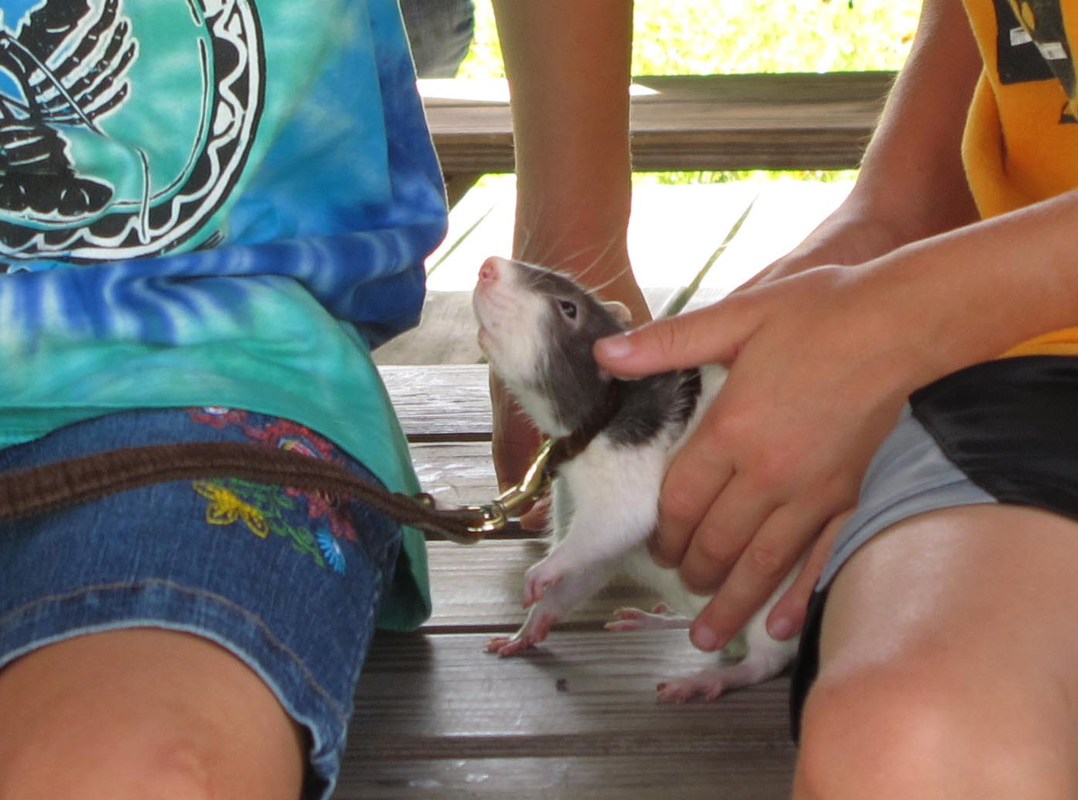
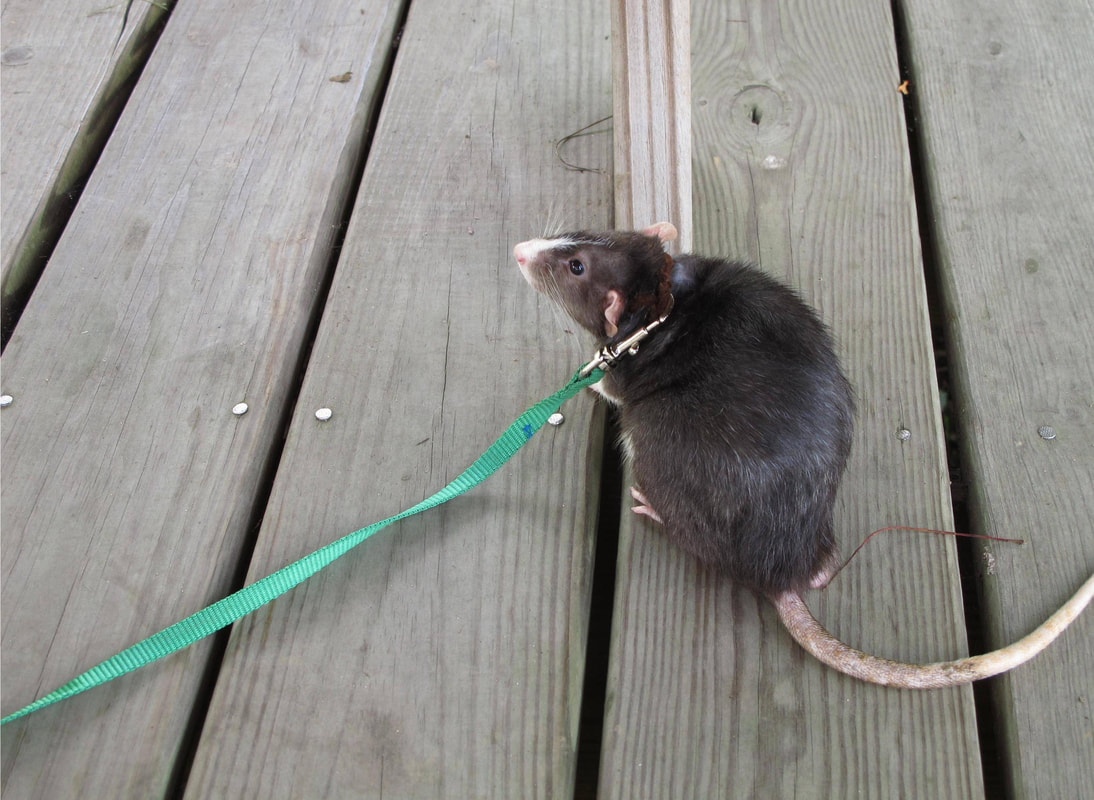
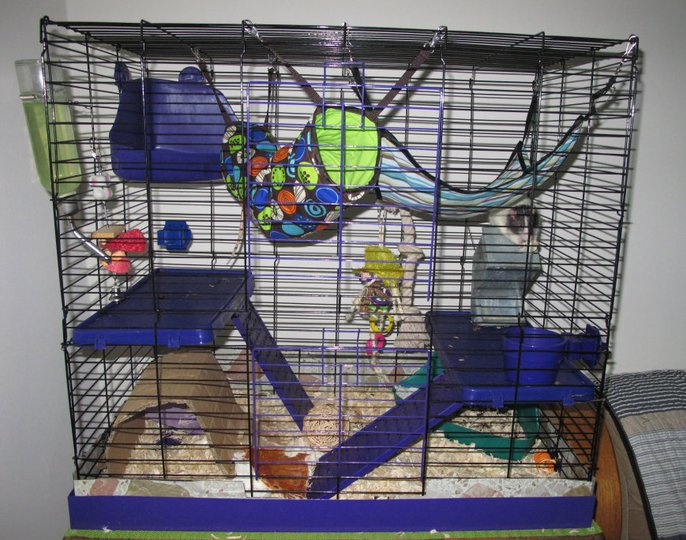
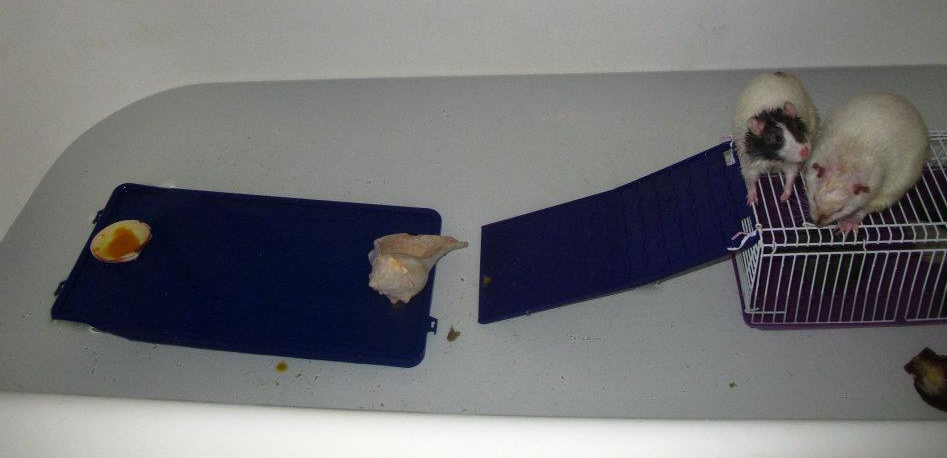
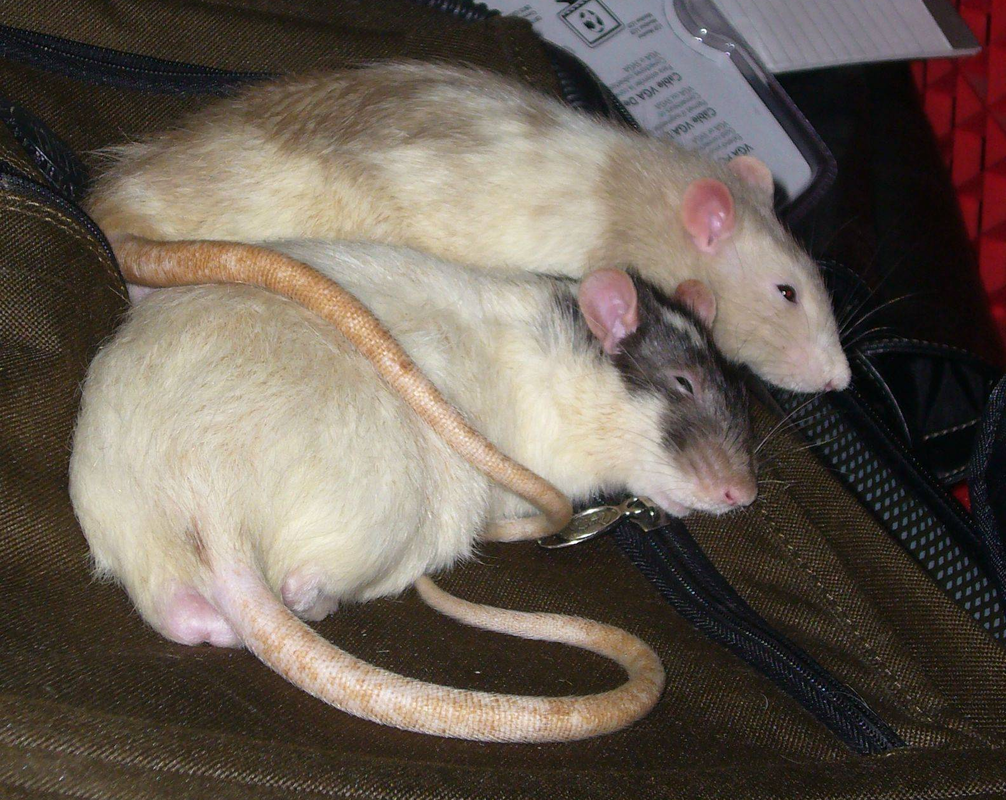




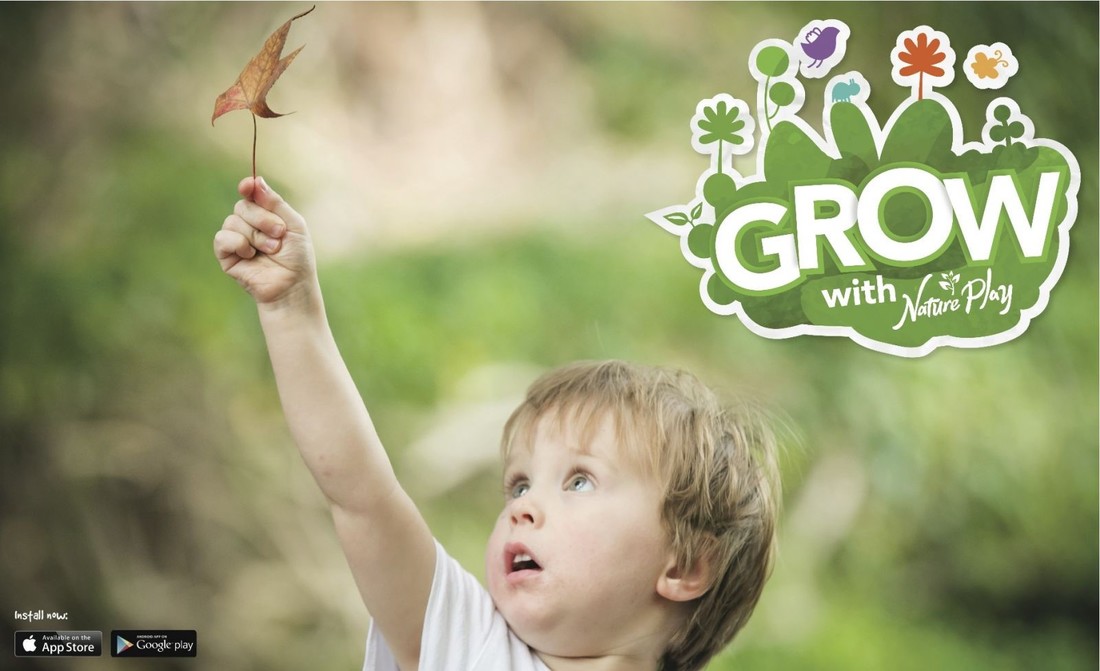
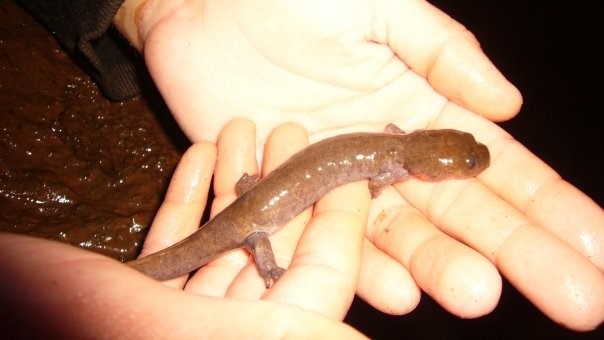
 RSS Feed
RSS Feed